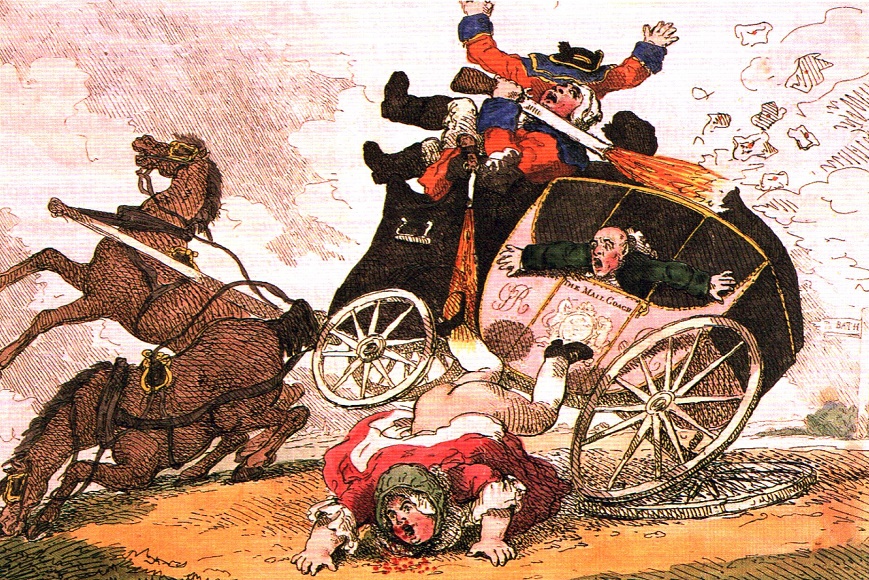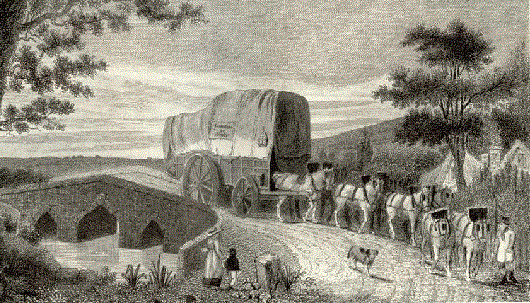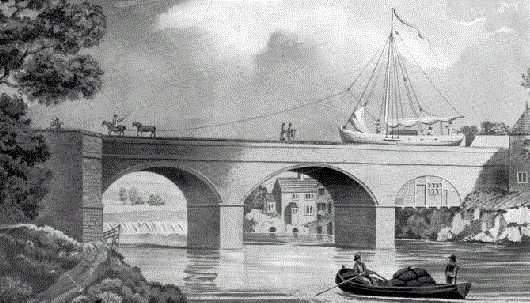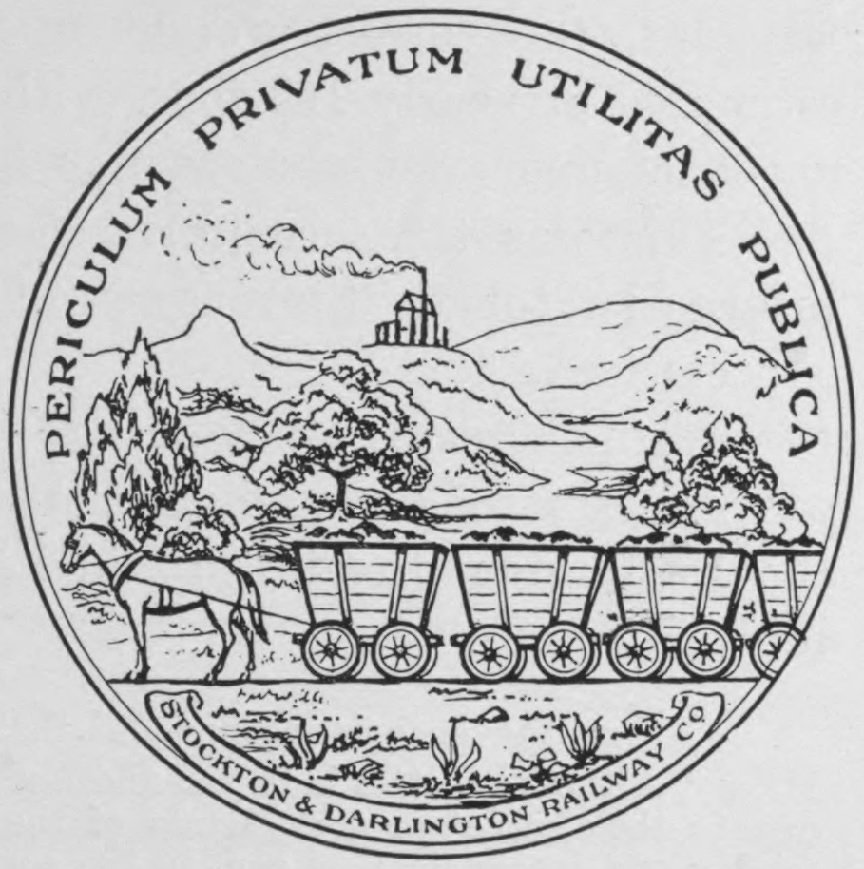
The Impact of the Railways

Introduction

Transport before the Railways
There was a 'Transport Revolution' of sorts in the 18th Century – there were significant developments in both road transport (see Source 1) and canal-building (Source 2).
However, the state of road transport can be summed up by the wager between the road-builder Blind Jack Metcalfe and the MP Colonel Liddell that he could walk faster from London to Harrogate than the Colonel could get there by coach ... and he won! In 1750 it took five days to travel from London to Manchester, and you had a 50:50 chance of incident (accident, breakdown or highwayman).
Transport might be changing, but – because it was dependent on muscle power – it was inadequate to the increasing needs of the Industrial Revolution. If the Industrial Revolution was to be sustained, a mechanical, powered system of transport was needed.
The Railways
James Watt had discovered how to turn the up-and-down movement of a steam engine's piston into rotary movement. It was only a matter of time before someone put wheels on a steam engine and got it to move by itself.
Richard Trevithick built the first locomotive, which he called 'Catch-me-who-can'. In 1808, he took it to London, put it on a circular track with a high fence round it, and charged people 5p to see it.
In the collieries of the north of England, engineers such as George Stephenson developed the idea. The Stockton and Darlington Railway (Source 3), the world's first steam-hauled public railway, held its grand opening day on 27 September 1825; it was copied all over the world. Railway mania (a craze for building railways) swept Britain in the 1840s. In 1830, only 70 miles of railway line existed; by 1870, in Britain, 423 million passengers travelled on 16,000 miles of line.
The Railways changed Britain (Source 4). If there is an argument that Britain in 1850 was not much different to Britain in 1750, there is no argument that Britain in 1850 was not utterly changed by 1900 ... and it was the Railways which made the difference.
After you have studied this webpage, answer the question sheet by clicking on the 'Time to Work' icon at the top of the page.
Interrogating the cartoon:
This cartoon of 1785 is by
Thomas Rowlandson.
Study the cartoon, pointing out the key features, and
what they suggest about road transport in the 18th century – in particular:
• How was the coach powered?
• What has happened to it?
• What does it say on the coach door?
• Why is there a guard carrying guns?
• What elements of humour can you see in the cartoon – is it a reliable source to tell us about the
problems of road transport in the 18th Century?


